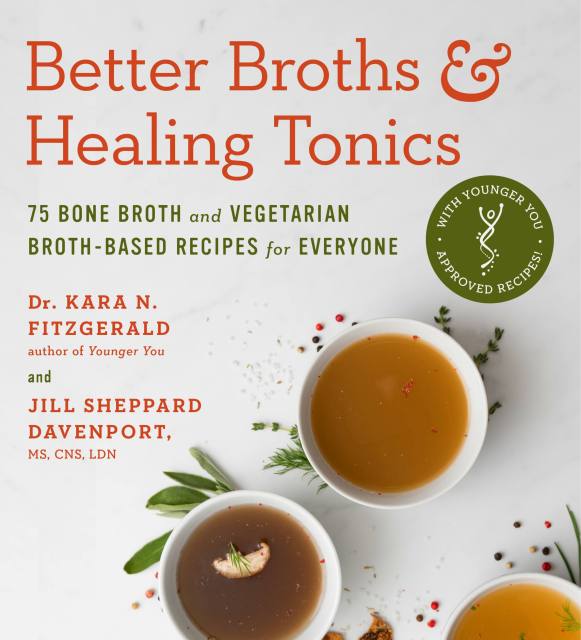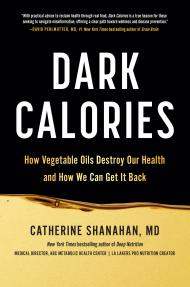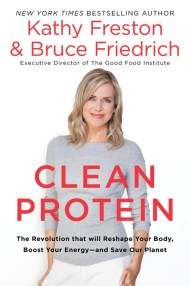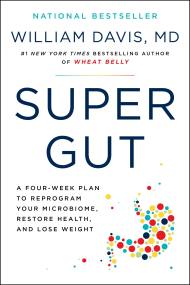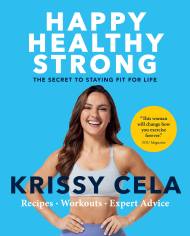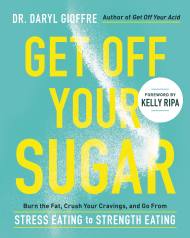Better Broths & Healing Tonics
75 Bone Broth and Vegetarian Broth-Based Recipes for Everyone
Contributors
Formats and Prices
Price
$24.99Price
$30.99 CADFormat
Format:
- Trade Paperback $24.99 $30.99 CAD
- ebook $14.99 $19.99 CAD
This item is a preorder. Your payment method will be charged immediately, and the product is expected to ship on or around November 8, 2022. This date is subject to change due to shipping delays beyond our control.
Also available from:
Dr. Kara Fitzgerald's groundbreaking Younger You program shows readers how to stave off the diseases of aging and shave three years off their bio age through nutrition and lifestyle. Now she's partnered with Certified Nutrition Specialist Jill Sheppard Davenport to share recipes that are not only compliant with YY, but adaptable to any eating program, from keto to vegan, and are allergy‑free friendly.
Building on the bone broth trend, Fitzgerald and Sheppard Davenport offer a new spin. Their broths—both bone and vegetarian/vegan–are infused with nutrients that are health‑supportive. Not only do they provide recipes for easy, flavorful broths, but also add‑ins to “boost” the broths for maximum nutrition and healing benefits. Better Broths also includes recipes for breakfasts, mains, sides, and even desserts that use the broths as a base. Special diet-friendly, half the recipes are suitable for vegetarians and vegans. By adding broths to recipes, you can amp their nutritional content—and increase their healing properties. Along with recipes for nutrient‑laden beverages (infusions and tonics), Better Broths shows you how to use methylation adaptogens and other health‑supportive ingredients in all your favorite recipes. Ultimately, these recipes help you to stave off inflammation and chronic disease—and live longer, better.
- On Sale
- Nov 8, 2022
- Page Count
- 256 pages
- Publisher
- Hachette Go
- ISBN-13
- 9780306846991
Newsletter Signup
By clicking ‘Sign Up,’ I acknowledge that I have read and agree to Hachette Book Group’s Privacy Policy and Terms of Use
